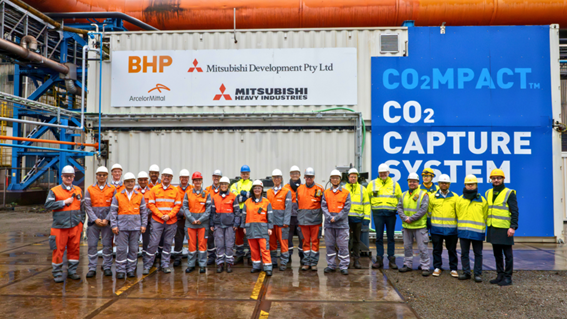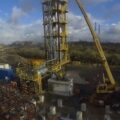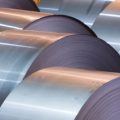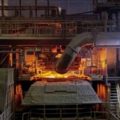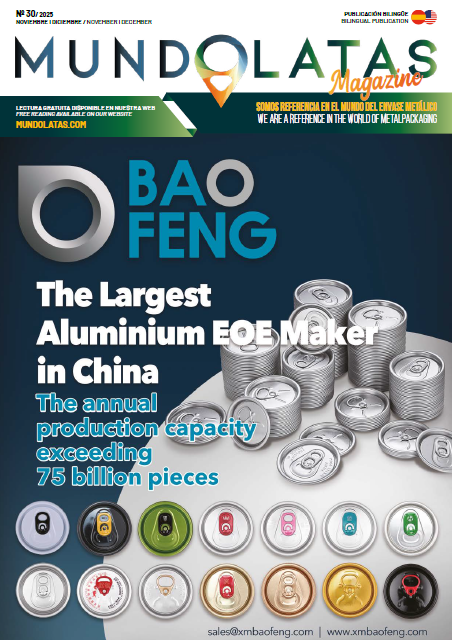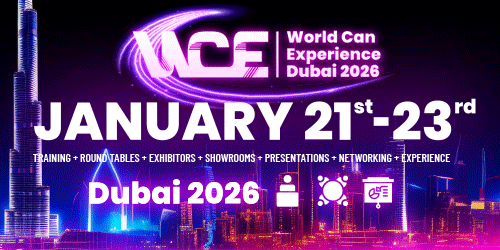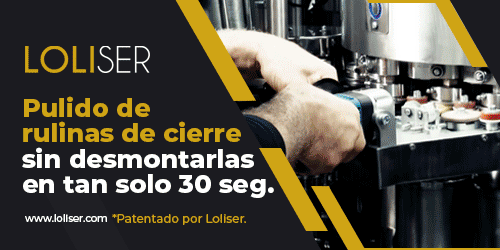ArcelorMittal and Mitsubishi Heavy Industries, Ltd. (MHI) have teamed up with a company specializing in climate technology called D-CRBN to conduct tests of a new technology. This technology has the ability to transform carbon dioxide (CO2) captured at ArcelorMittal’s plant in Ghent, Belgium, into carbon monoxide that can be used to produce steel and chemicals.
The first steel plant worldwide to test D-CRBN plasma technology is ArcelorMittal Gent, marking a breakthrough in reducing carbon dioxide emissions. This process has been specifically designed for this purpose and its implementation in this plant is a great industrial test.
A new site experiment is underway to evaluate whether it is possible to implement on a large scale the MHI (Advanced KM CDR Process™) carbon capture technology, which is currently in pilot phase. This trial seeks to expand the possibilities of this technology.
Antwerp-based company D-CRBN has created a technology that uses plasma to transform carbon dioxide into carbon monoxide. With the help of renewable energy, the plasma breaks the bond between carbon and oxygen, thus converting CO2 into CO. This carbon monoxide can be used as a substitute for the coke or coal used in blast furnaces in steel production, or it can also be used at the Steelanol plant in Ghent to produce alternative chemicals and fuels.
Pure CO2 is required for the D-CRBN process, which can be obtained through the carbon capture unit currently used at Ghent to collect blast furnace gases and hot band reheat furnace residues.
On July 1, a connection was made between MHI’s carbon capture unit and D-CRBN’s unit, with the objective of testing the possibility of using the carbon dioxide captured by MHI’s technology as a component for D-CRBN. This industrial pilot is a crucial phase to evaluate the effectiveness of the D-CRBN technology and to ensure that impurities present in the CO2 generated during steel production do not have a negative impact on the process and the resulting gas.
ArcelorMittal is pursuing different options to achieve its climate change goals, including a 35% reduction in CO2 emissions in its European sector by 2030. One of the options is the production of Smart Carbon steel, which uses recycled carbon instead of conventional carbon in the manufacturing process, or applying techniques such as capturing and storing the carbon emitted (CCS) or reusing it (CCU).
ArcelorMittal Belgium CEO Manfred Van Vlierberghe expressed his pride at being part of the carbon capture and utilization trial in Ghent. This initiative is part of the company’s strategy to develop a more effective route to steelmaking, known as Smart Carbon. Vlierberghe highlighted the hard work of the engineering team and the collaboration with partners to reach this stage, and also mentioned his enthusiasm for the innovative technology developed by his new partner D-CRBN in Belgium.
D-CRBN CEO Gill Scheltjens expressed his pleasure at collaborating with ArcelorMittal and Mitsubishi Heavy Industries on a pioneering carbon capture and use (CCU) project. According to him, electrifying steel production is a challenge, but thanks to his technology that transforms CO2 emissions into CO, a cost-effective and scalable solution can be achieved. With this, existing blast furnaces can be electrified and the use of coal can be reduced. This conversion will not only limit the need for green hydrogen in the future, but will also reduce the costs of emission-free products. In addition, the CO produced can be used by nearby chemical companies as feedstock.
Tatsuto Nagayasu, who is the senior vice president of GX (Green Transformation) Solutions at MHI, mentioned that the CCUS will play a key role in reducing emissions in the steel industry. The collaboration with ArcelorMittal and D-CRBN in Belgium offers a new way to decrease the carbon footprint by capturing emissions, converting them into raw material and reusing them in the process. This initiative demonstrates MHI’s commitment to sustainable and innovative practices for a greener future.
In May 2024, ArcelorMittal, MHI, BHP and Mitsubishi Development Pty Ltd (Mitsubishi Development) reported that they were successfully operating a test unit to capture carbon in the gases emitted by the blast furnace at the ArcelorMittal Gent plant in Belgium. In October 2022, these same companies announced their cooperation in a long-term trial of the carbon capture technology developed by MHI (Advanced KM CDR ProcessTM), which will be carried out at several CO2 emission points, starting at the Ghent steel plant.

